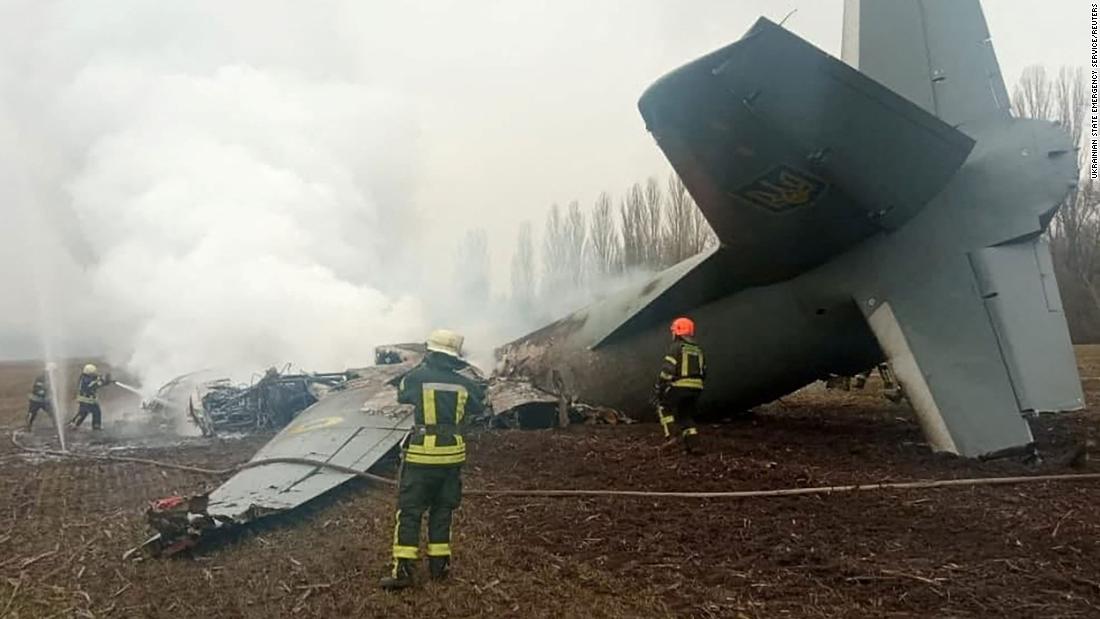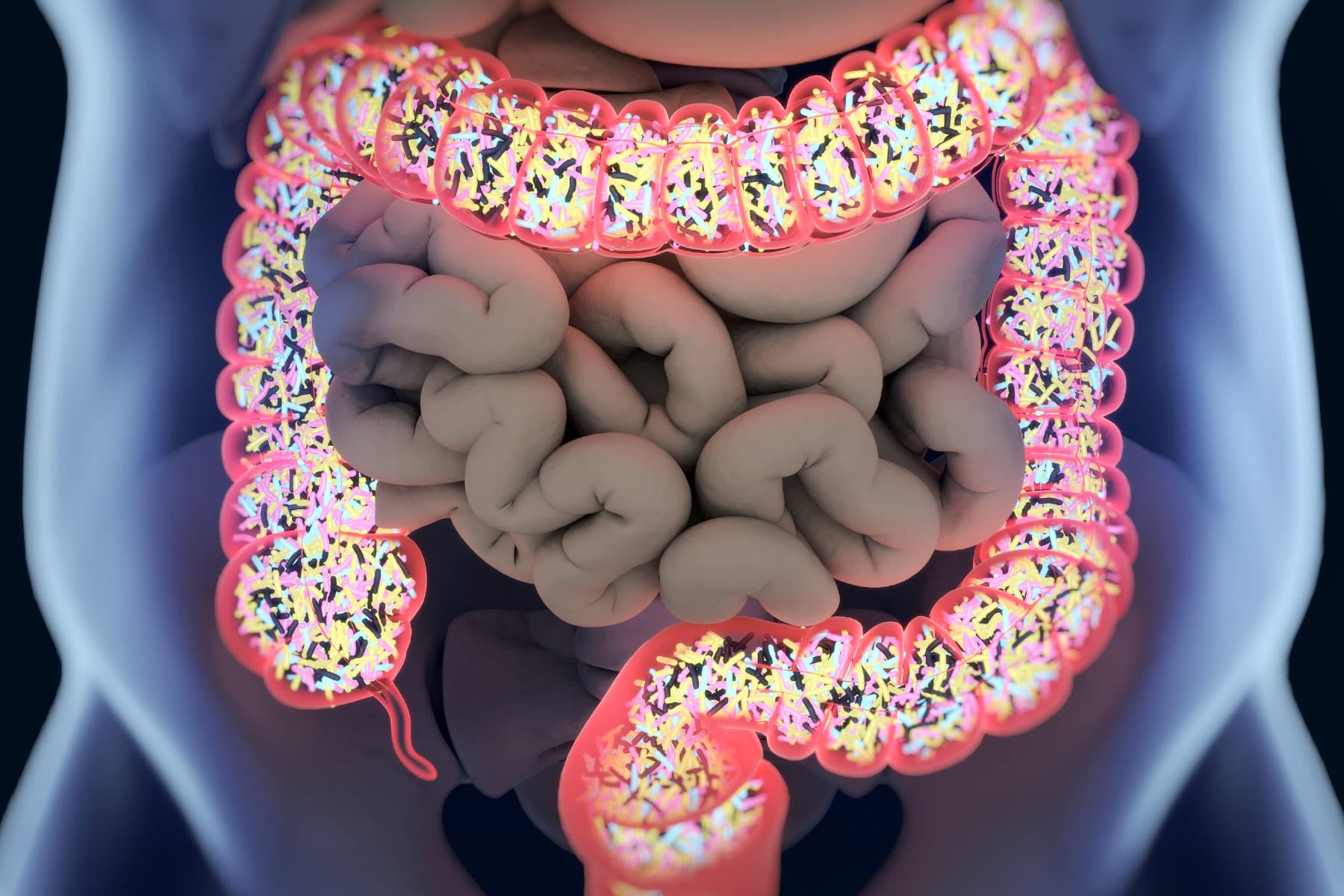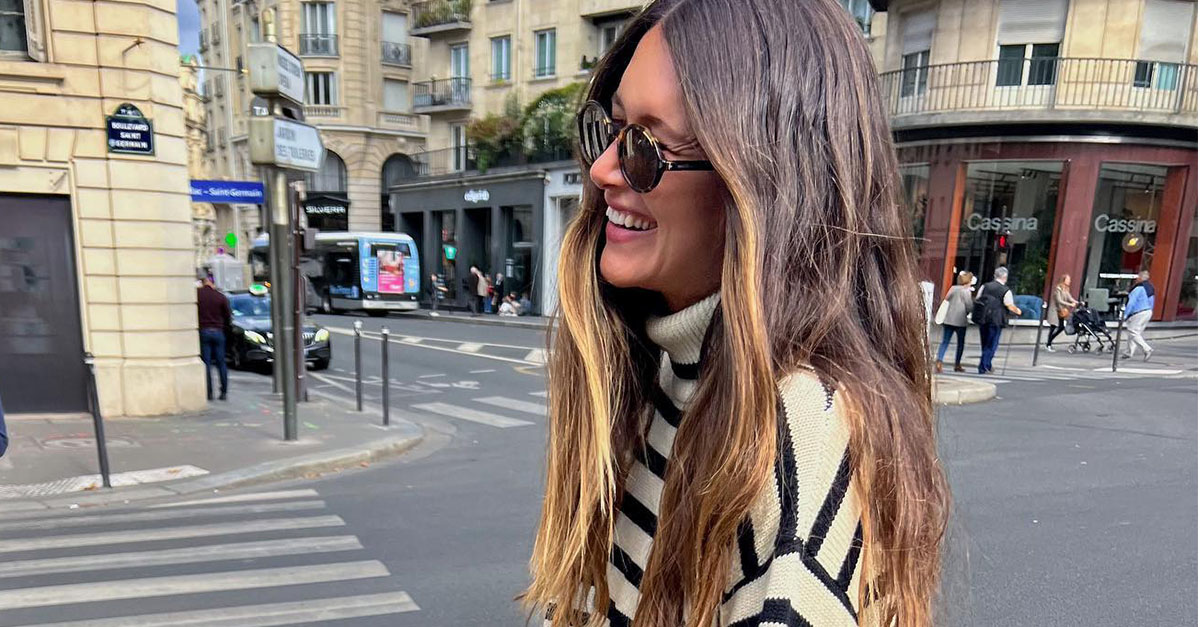Does Publishing Photos of Mass Shooting Victims Hurt More Than It Helps?
“We must not meet inhumanity with inhumanity,” says the mother of one of the children killed during the 2012 Sandy Hook Elementary School massacre.


Memorial in Boston’s Copley Square for the victims of the Robb Elementary School shooting in Uvalde, Tx. Photo by (Jesse Costa/WBUR
Erica Lafferty’s mother, Dawn Lafferty Hochsprung, was the principal of Sandy Hook Elementary School in Newtown, CT when 20 children and six adults were killed by a lone shooter on December 14, 2012.
Dawn was murdered during the shooting. Today, her daughter Erica is being pressed to release autopsy and crime scene photos of her mother’s corpse in a bid to influence gun reform.
Opinion columns and analysis popped up at publications across the country in the weeks following shootings in Buffalo, NY and Uvalde, TX.
Nitish Pahwa contextualized the issue on the 50-year anniversary of the famous “Napalm Girl” photo by interviewing both the photographer and woman who had been photographed as a girl naked, burned, and shrieking during an attack in Trang Bàng during the Vietnam War.
Former Homeland Security Secretary Jeh Johnson argued that lawmakers shouldn’t be spared the memories child survivors are forced to carry for the rest of their lives.
But Lafferty argued that shifting responsibility from legislators to take action on these tragedies onto victims’ families contribute further to their suffering.
“Releasing photos of a gruesome and horrific crime scene is not going to change anything for the public,” Lafferty said in a statement on twitter in late May, following another uptick in mass killings.
“It will shock them, make them sad, scare them—but it won’t change anything. Gun lobby-backed lawmakers have seen plenty of grief and horror and have not been moved.”
In Connecticut, the debate around releasing graphic images is not theoretical. In 2013, when documentarian Michael Moore suggested the same line of thinking—that the making crime scene photos from Sandy Hook public might inspire political action on gun control — victims’ families lobbied Connecticut lawmakers to pass a controversial law that exempts crime scene photos of homicide victims from release, even under public records requests.
Encouraging the Hoaxers
Some parents who have weathered endless conspiracy theories and accusations that shootings were staged, or their family members’ deaths faked, believe that a field day on graphic photos would only make things worse.
“Everything would just get amplified,” Lenny Pozner, whose son died in the Sandy Hook shooting, told the New York Times.
“Hoaxers will have more things to deny, absolutists will have more things to say — and people who are traumatized by mass shootings will be more traumatized.”
“We cannot signal to parents that we will kill their children and also remove the ability for them to consent to final decisions.” Nelba Marquez-Greene, whose daughter Ana Grace was murdered at Sandy Hook in 2012, tweeted in response to a call to ‘show the pictures.’ “We must not meet inhumanity with inhumanity.”
Following national coverage of the Virginia Tech shooting, which included graphic images of corpses, visibly injured victims on-scene, and grieving/weeping family or community members, researchers spoke with victims’ families who condemned the publishing of those graphic images.
Family members condemned visual coverage that “tended to focus on dramatic, tragic and violent images rather than celebrating and commemorating the lives of those who died.”
The Case of Emmett Till
As this media ethics debate has reignited, many centered their argument on the lasting impact of photos of murdered 14-year-old Emmett Till in his open casket. Till was abducted and lynched in a racist attack in 1955 in Mississippi.
With his mother’s permission, Jet Magazine ran photos of Till’s corpse that were picked up and printed in a number of Black newspapers and magazines, and the horror of these photos has been cited as inciting a passionate response from civil rights activists.
It’s uncertain how photos of tragedy may impact the already indifferent. Evidence that Till’s photos changed the minds of contemporary racists already dismissive of violence against Black Americans is slim, and later in 1955 a jury found Till’s murderers not guilty.
A year after the trial, defense attorneys for the men helped them to sell their stories to a reporter, proudly confessing to the murder.
Jelani Cobb, incoming dean of Columbia Journalism School and a contributor to the New Yorker, raised the possibility that publishing images of this kind of violence might encourage killers and serve as an extension of their crimes.
“We are unlikely to change the terms of the debate, but very likely to offer those who author such acts a solo exhibition mounted before those most intimately acquainted with the victims, allowing the murderers to inflict harm not simply through their debased actions but by the very evidence those actions leave behind,” Cobb wrote.
“Making children’s images a part of public debate has convinced many Americans they’re entitled to see them. Parents who release are ‘brave’ / parents who don’t ‘don’t know history’” Marquez-Greene tweeted last week.
“There is also something deeply uncomfortable and enraging about demanding more blood, more labor from people you did not protect in the first place.”
Audrey Nielsen is a TCR Justice Reporting intern

 Landwebs
Landwebs 




















